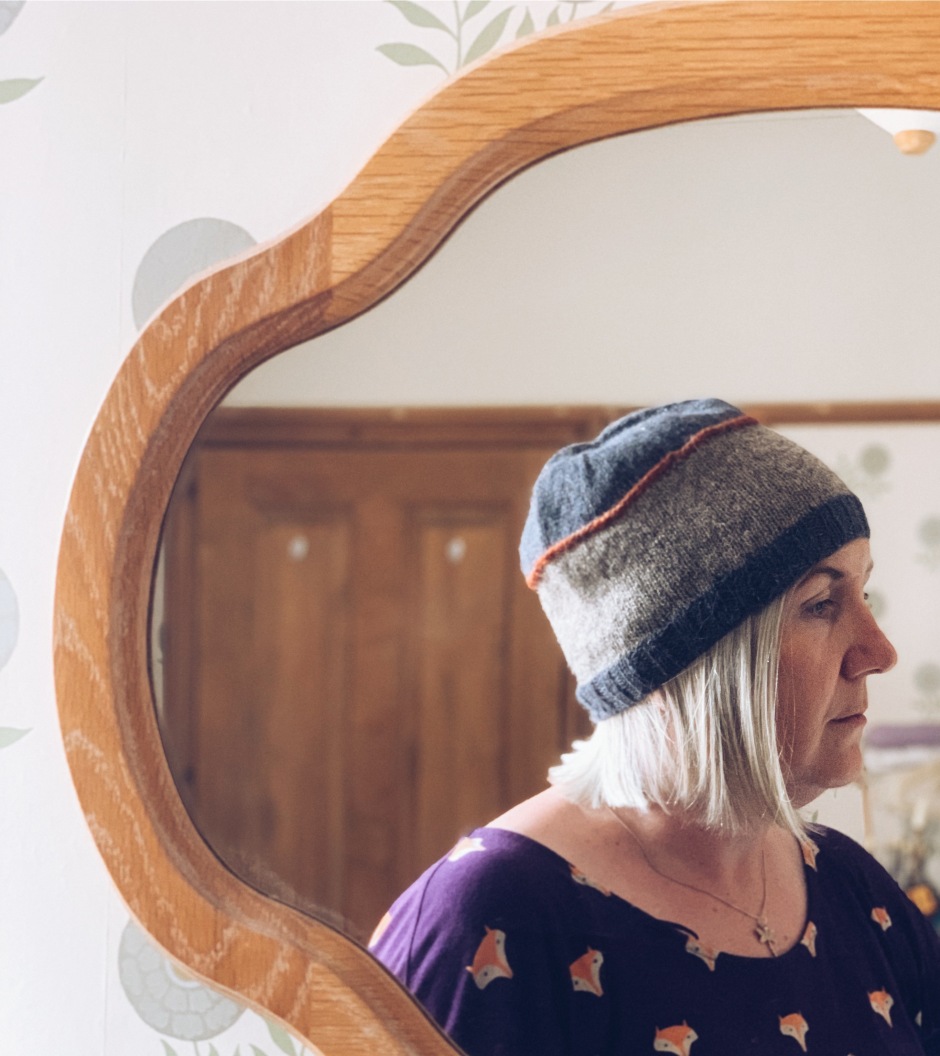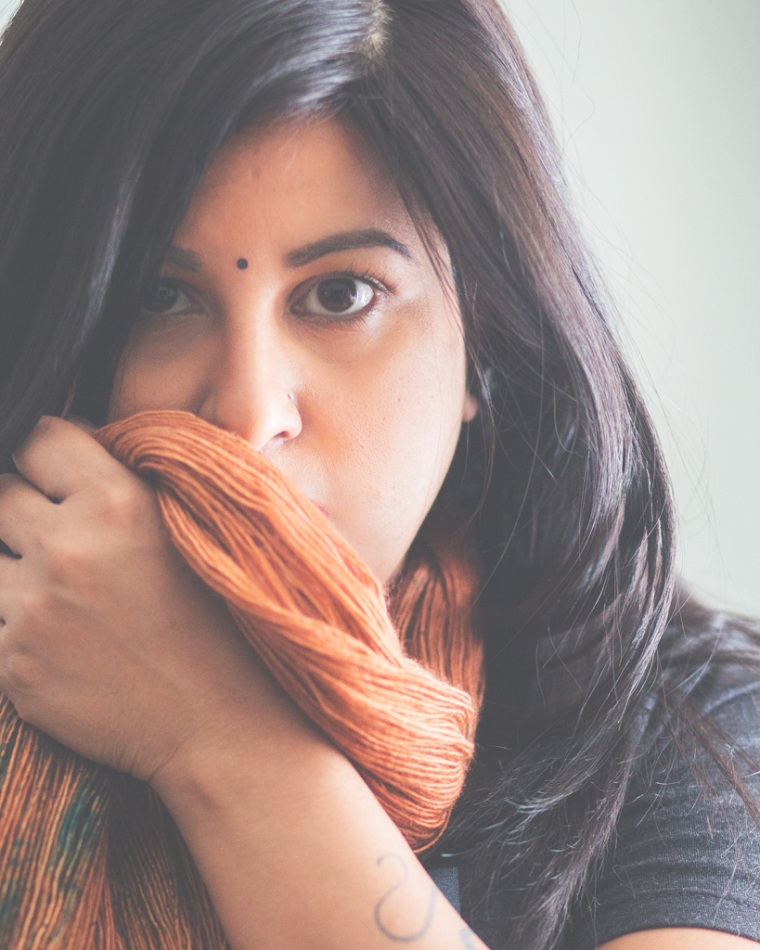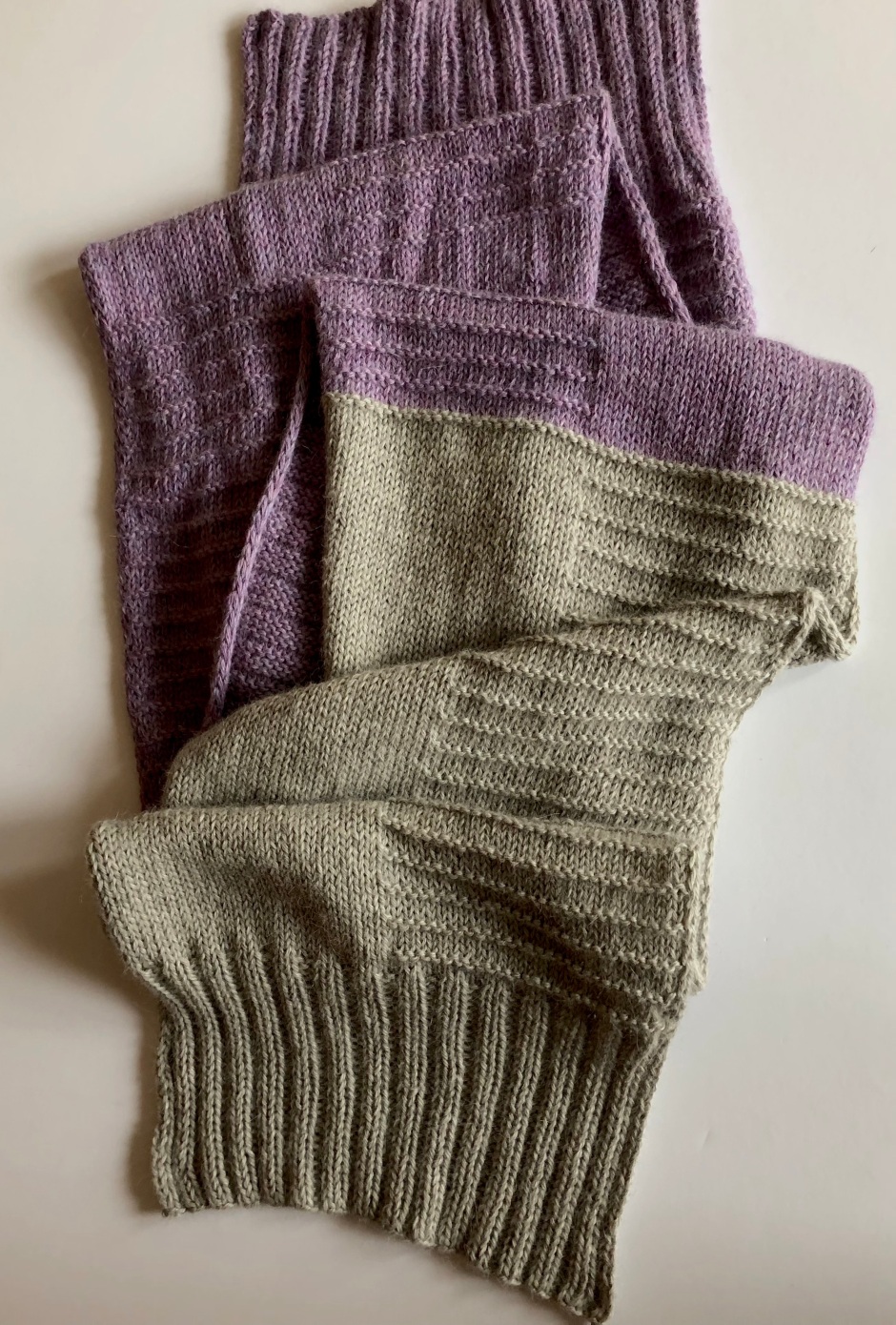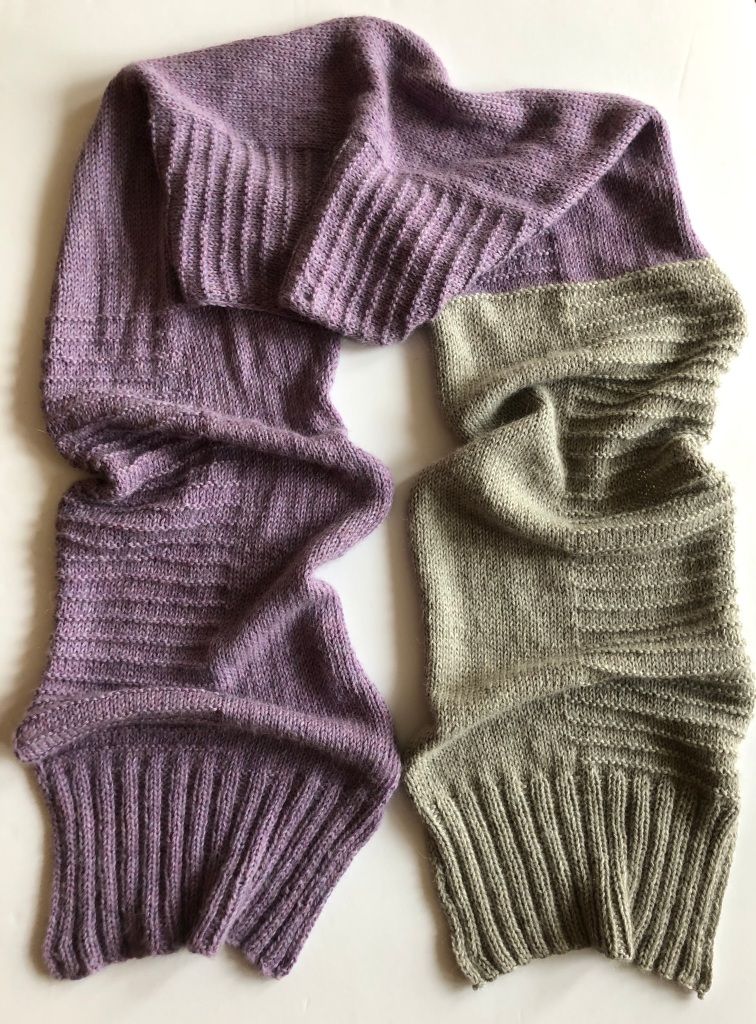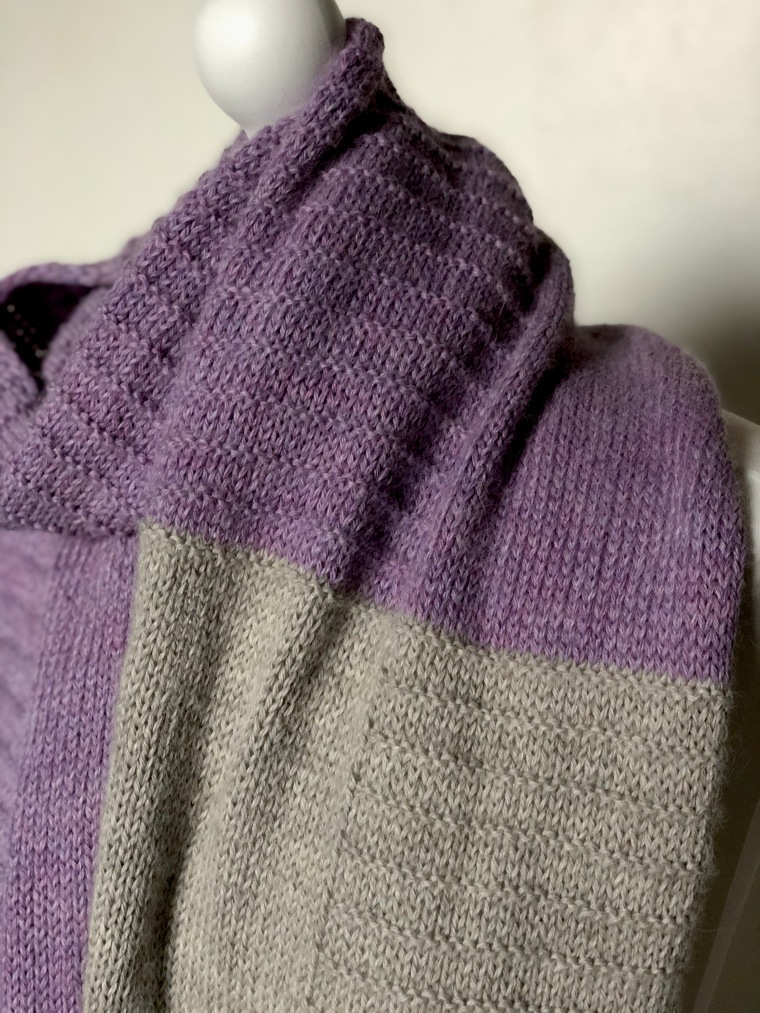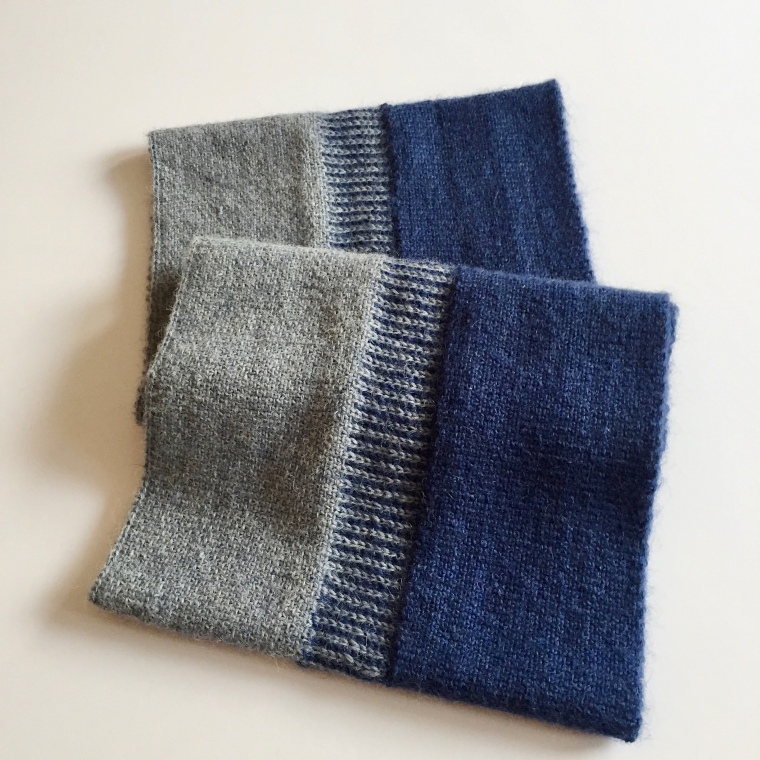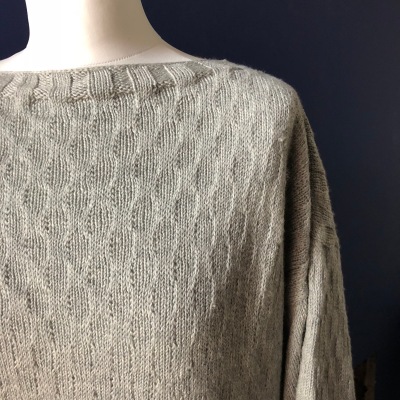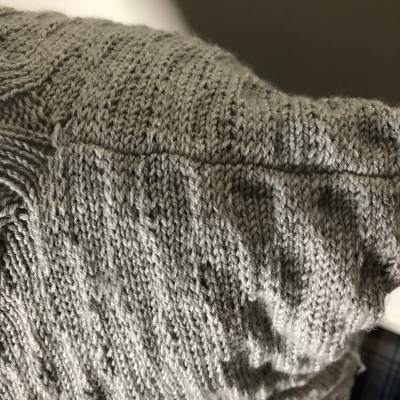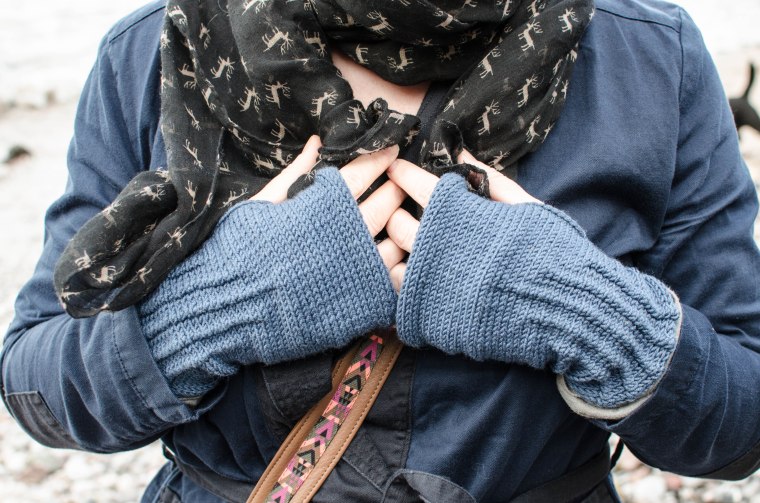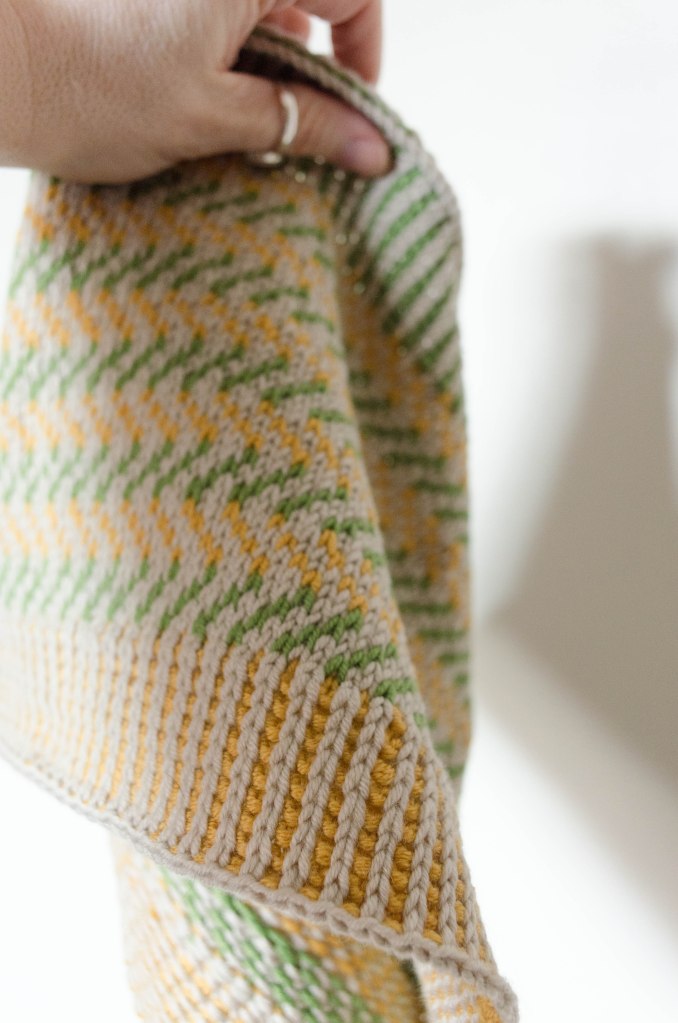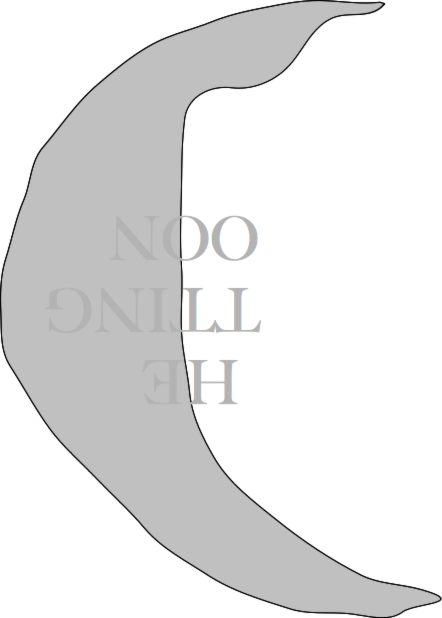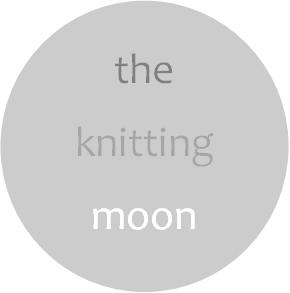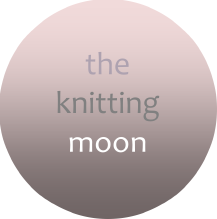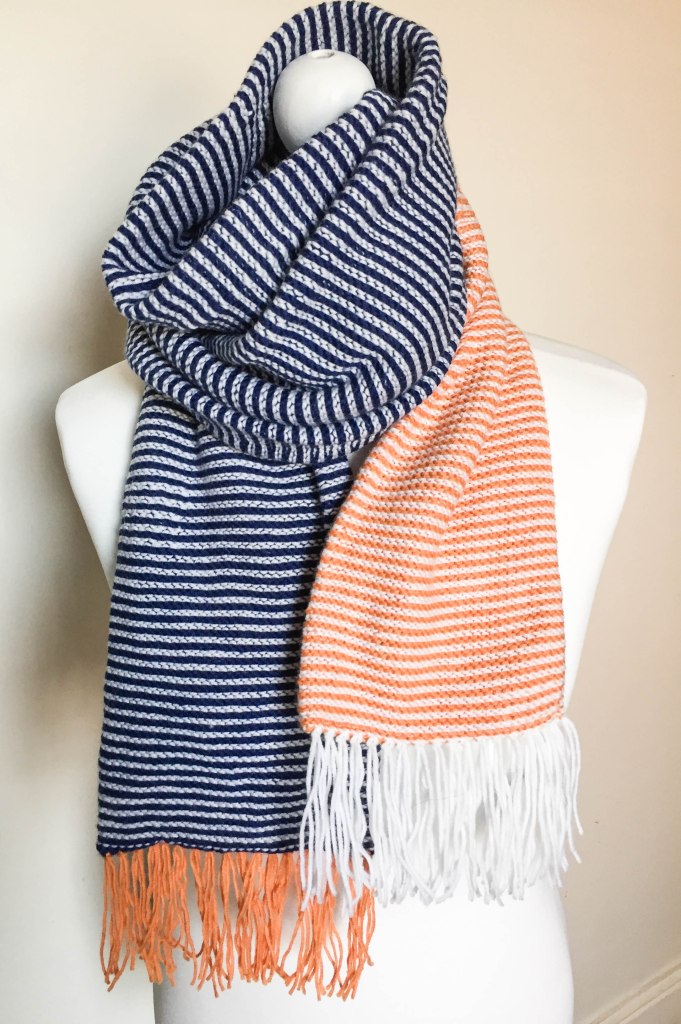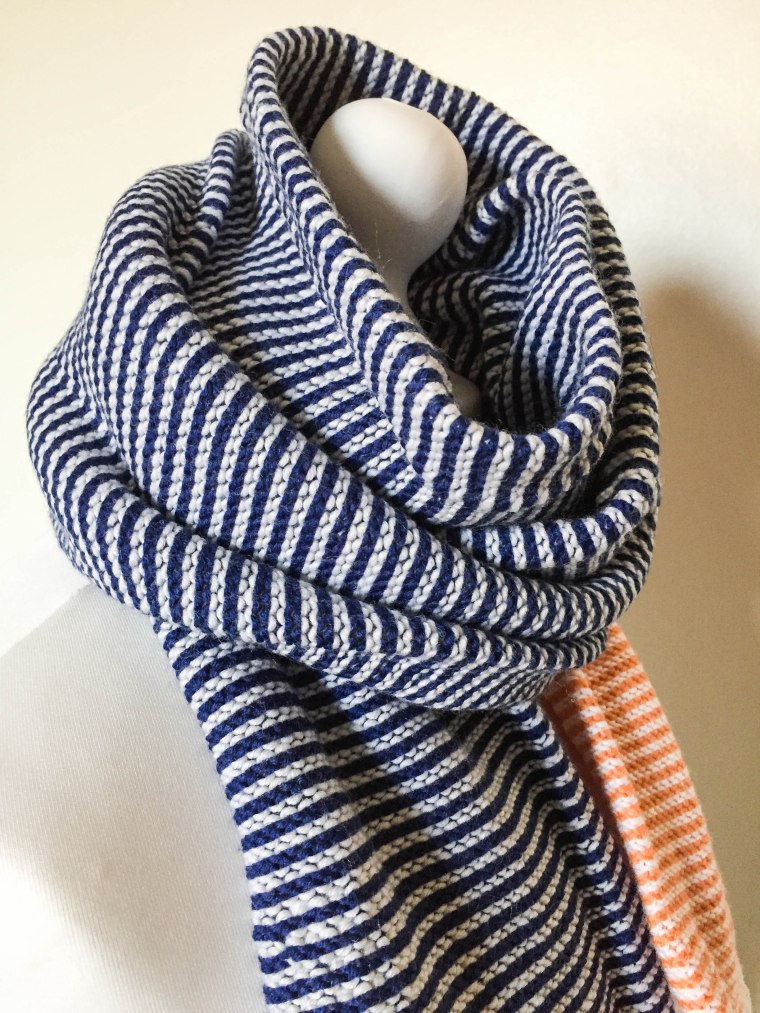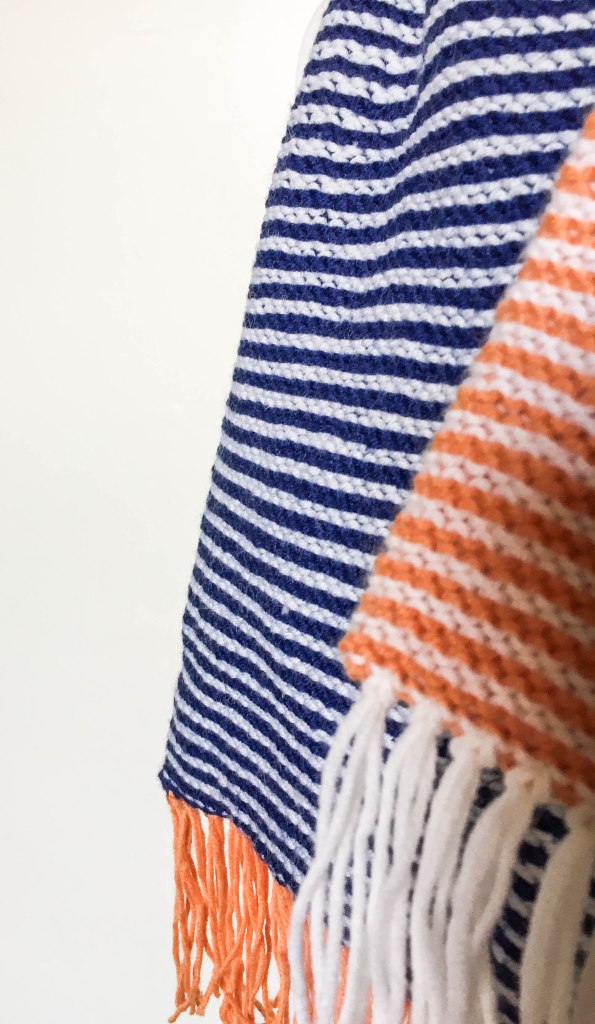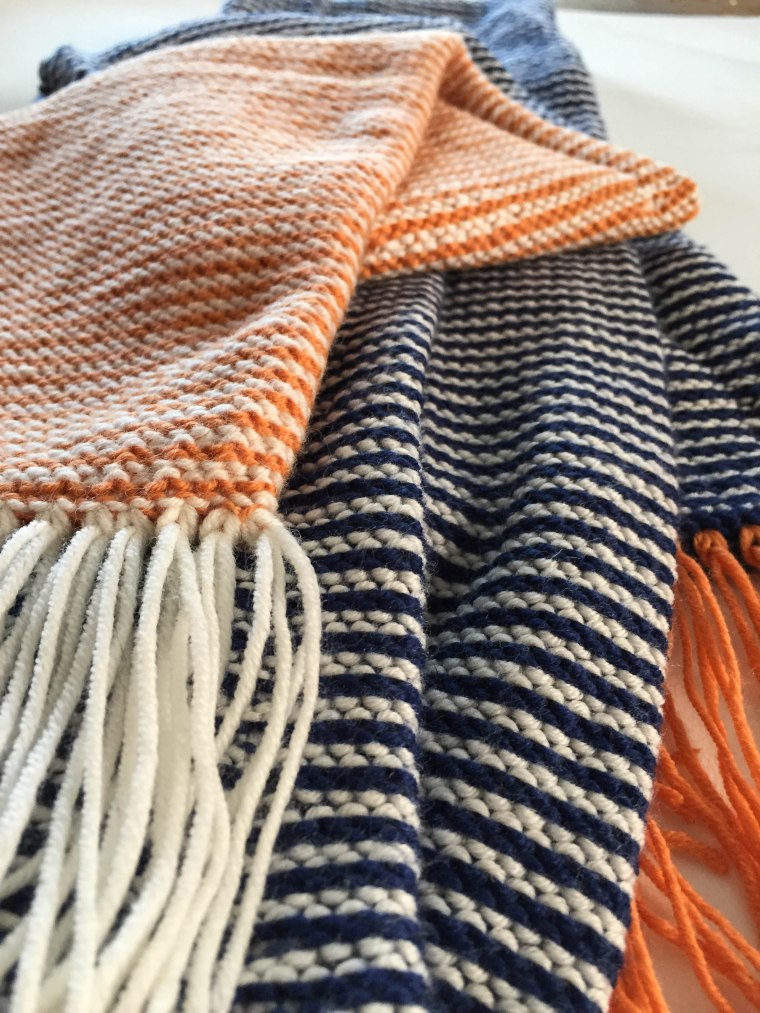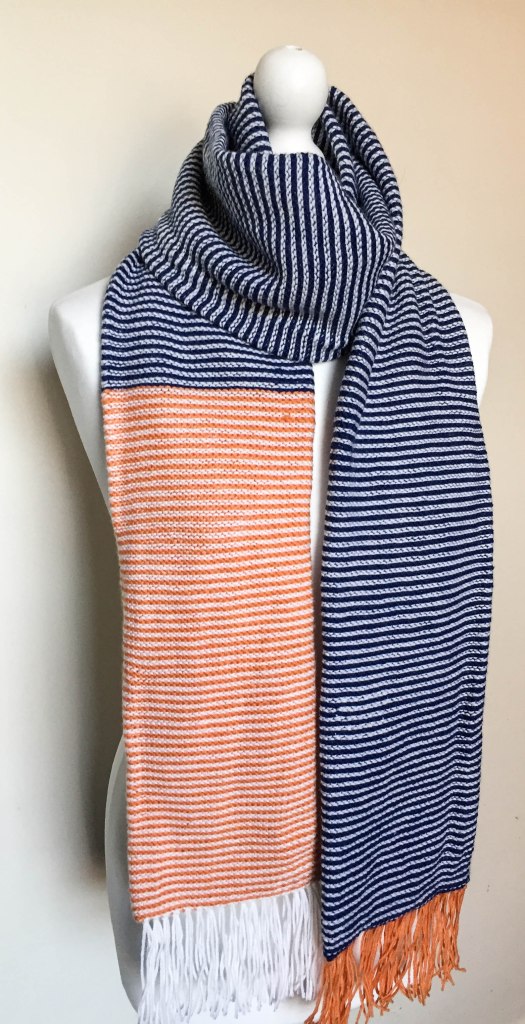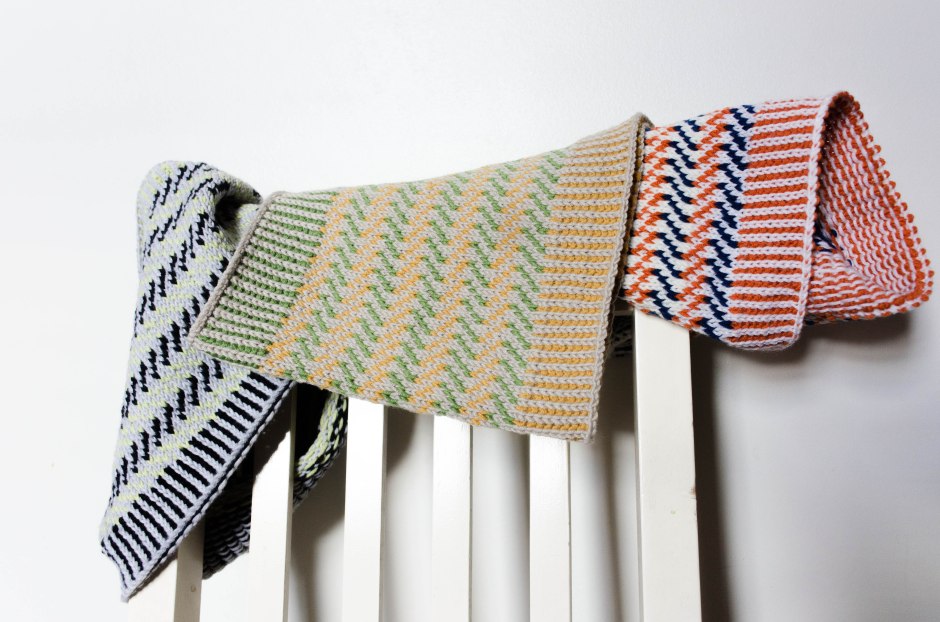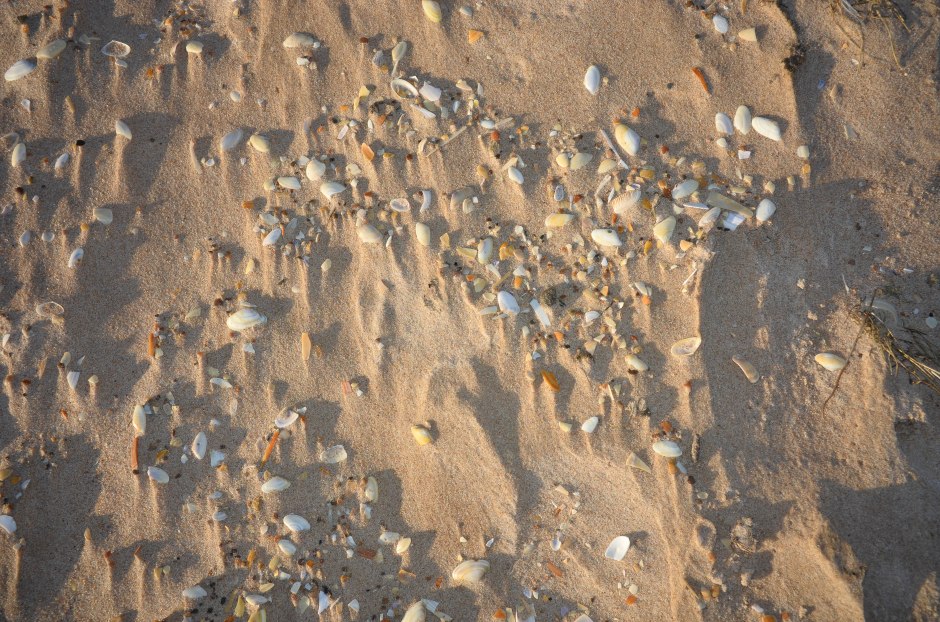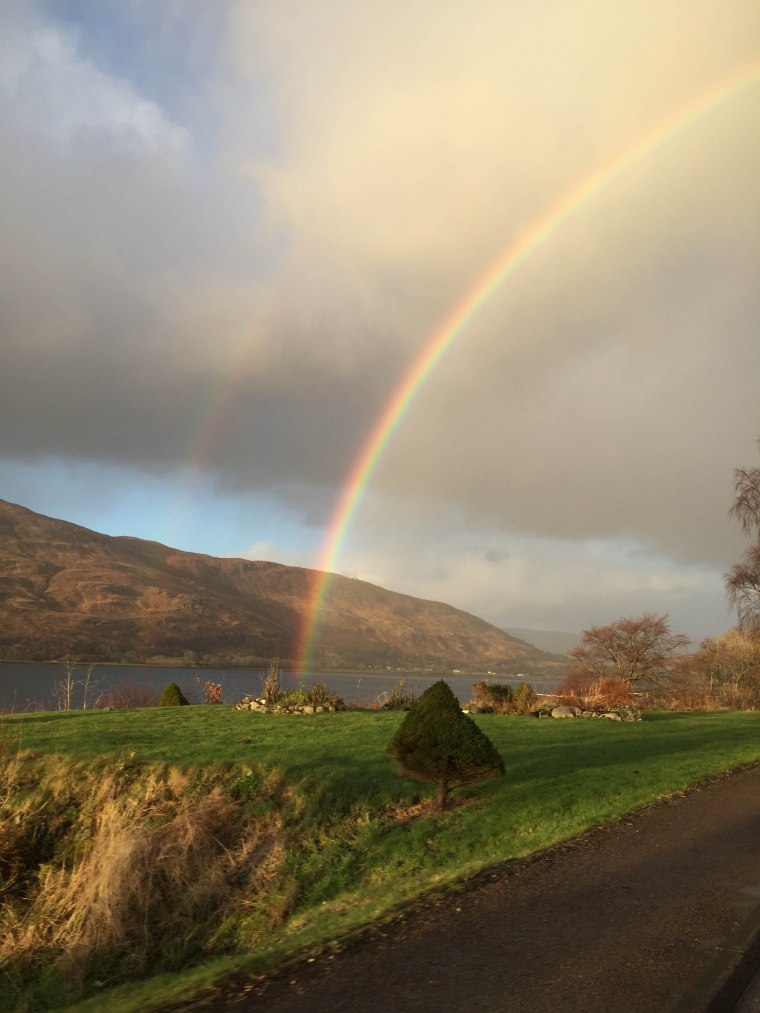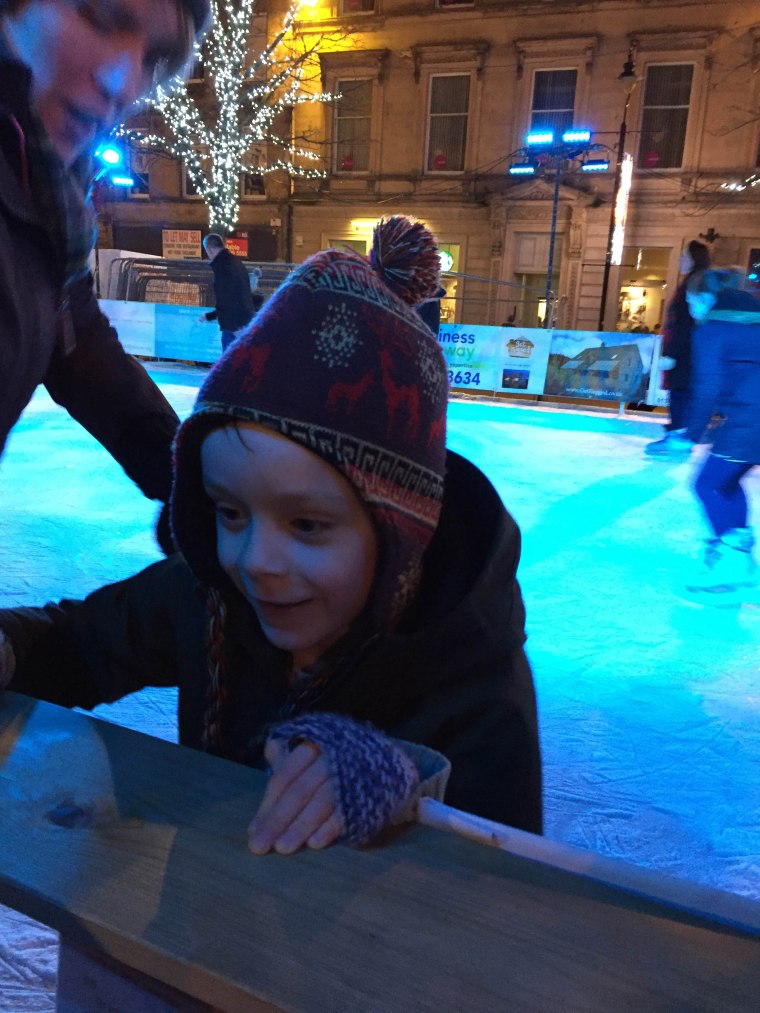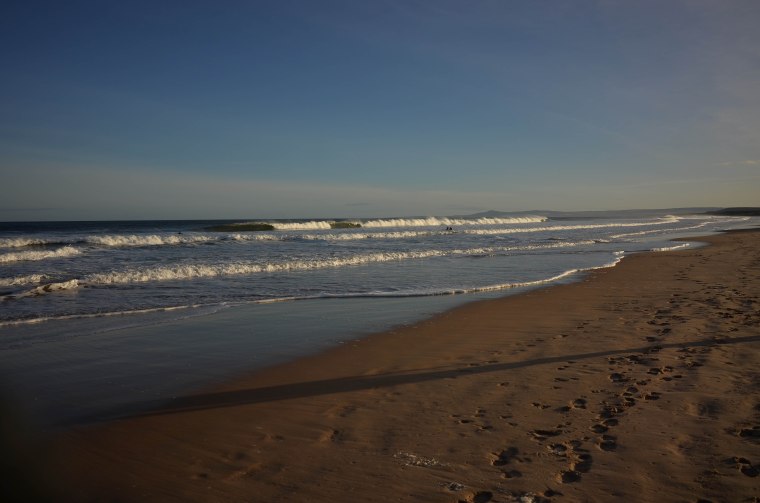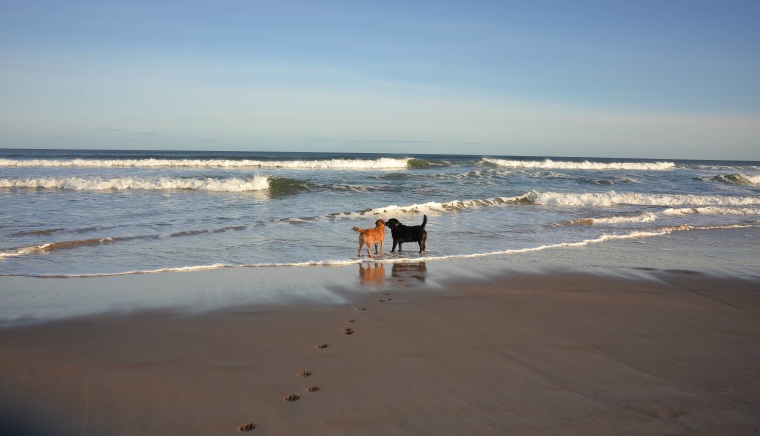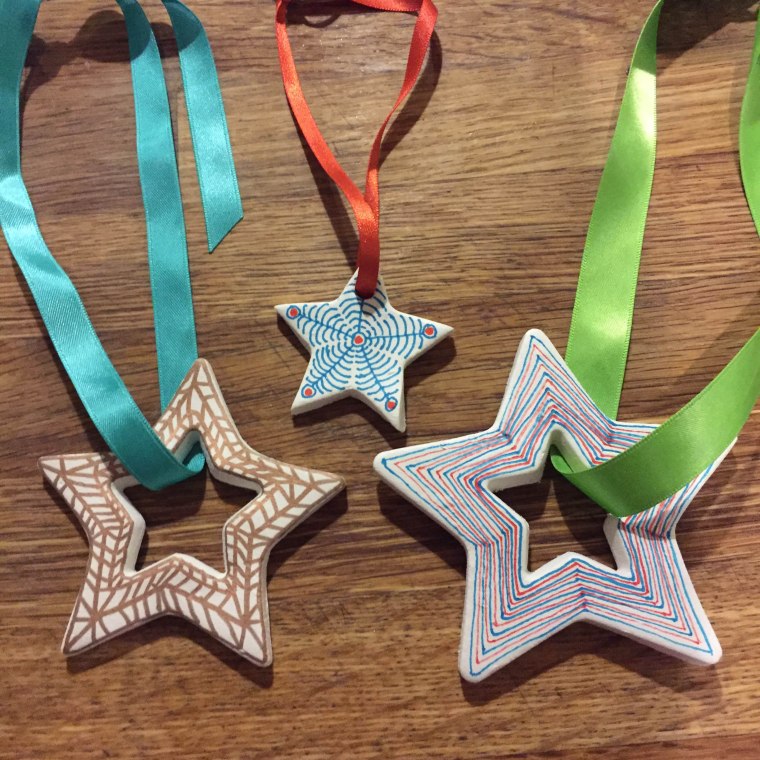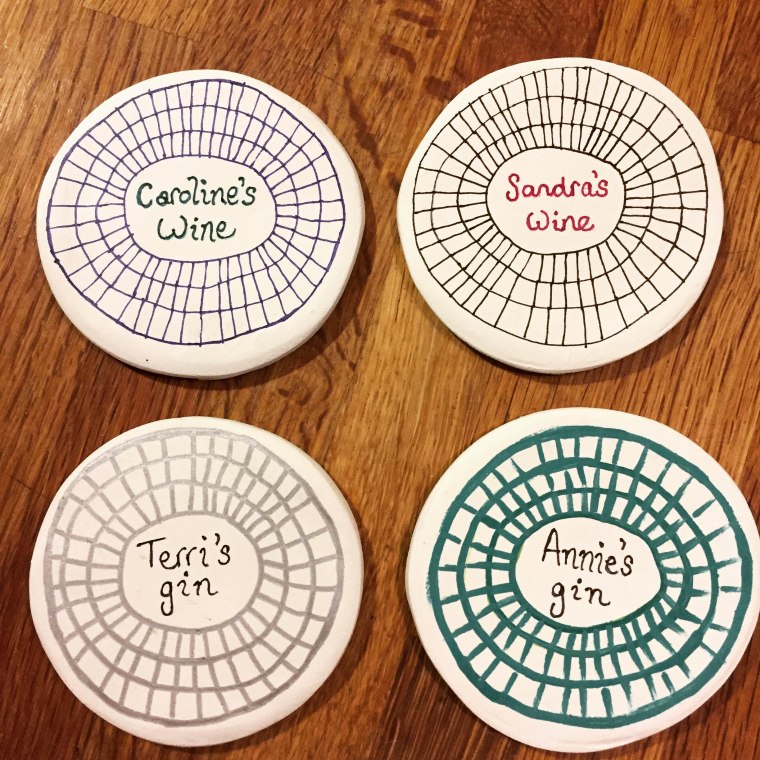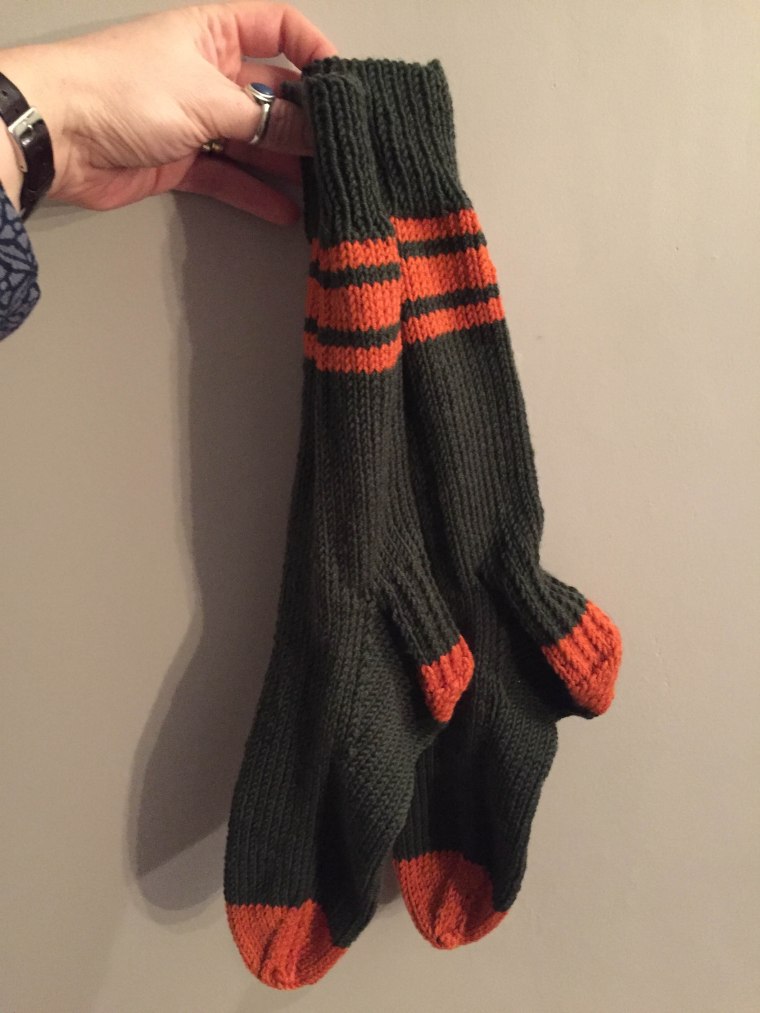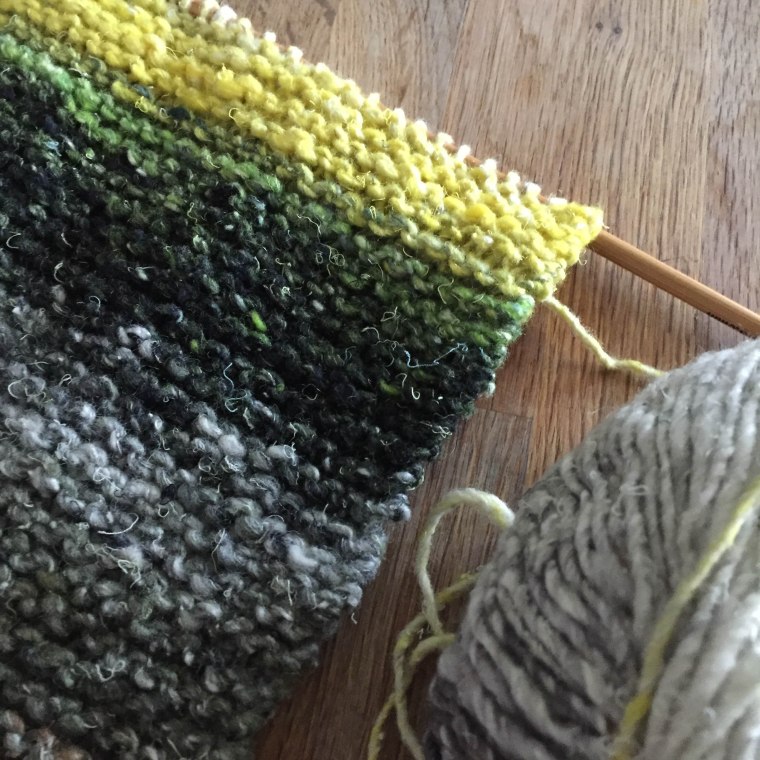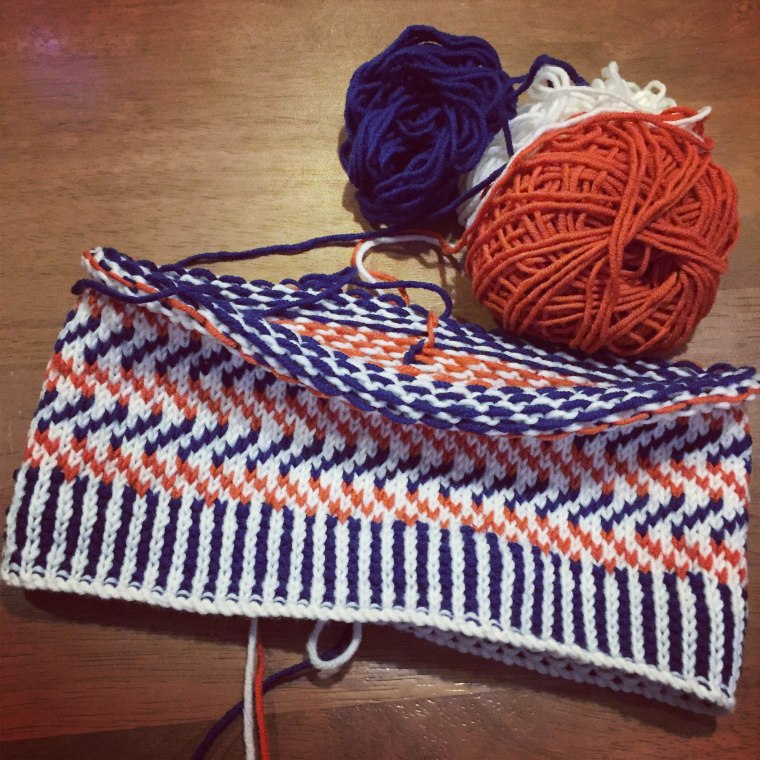Since even before I started designing knitting patterns, I was a member of the Ravelry community. (Ravelry is a huge database and selling point of knitting, crochet and other fibre-related patterns). It was always a go-to point for browsing and being inspired by original designs as well as a community of people who always had an answer for any question. It had also always seemed like an ethical, accessible place to be, proudly supporting minorities and expelling supporters of extreme views.
This is why the recent changes to Ravelry have been so hard for a lot of users. The site has been re-designed and the changes have affected quite a number of users negatively. For example, some users have reported it causing migraines and even seizures. The response to this by Ravelry has been disappointingly slow and dismissive. There has been a lot of upset, accusations and a recent apology from Ravelry. However, there have been no improvements as yet to the changes that are affecting people.
This is why I have decided to start promoting, testing and selling my patterns elsewhere. I already use LoveCrafts to sell my patterns but I am currently figuring out other ways to do so myself, including Payhip. (This may take a while as I have only managed to upload one pattern on there so far).
I have also begun using Yarnpond to test knit my designs and have posted my latest call for test knitting this hat on there:
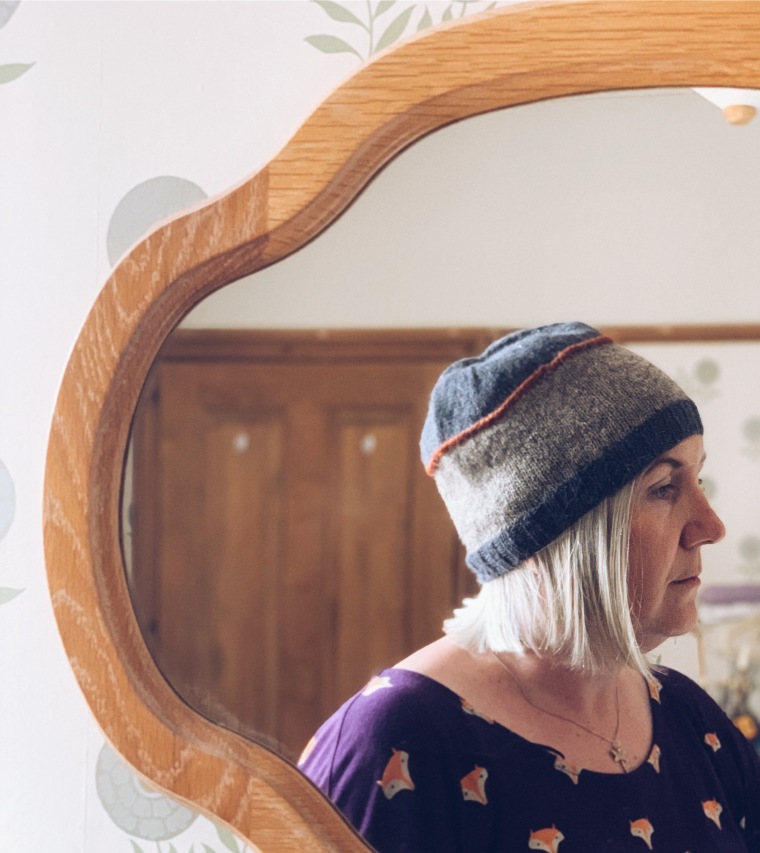
If you are interested, the test call is here.
I will be interested to see how this test goes and if it makes any difference to my usual test knitting process (which I always did through Ravelry previously).
I am not yet sure whether I will stop using Ravelry completely going forward, but for the moment, I am interested to see what happens with alternatives means.
I would be interested to know in the comments if you have any other off-Ravelry resources or pattern selling ideas!

